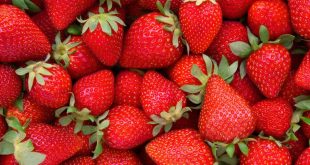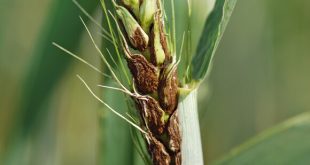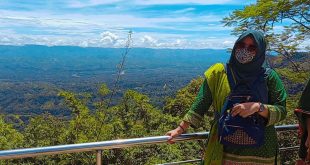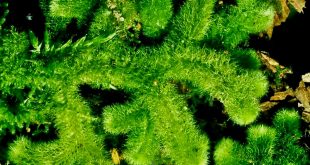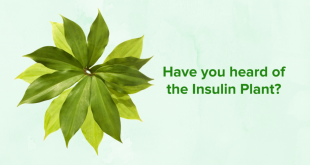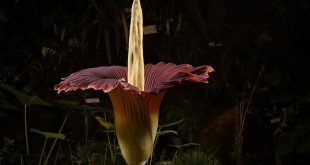We’ve all enjoyed the sweet, juicy taste of fresh strawberries, but have you ever wondered what those tiny white dots on the surface are? Many people mistake them for seeds, but they’re actually a completely different part of the fruit. In this article, we’ll take a closer look at those …
Read More »Exploring The ‘Doomsday’ Seed Vault: VR Tour
The “Doomsday” Seed Vault, also known as the Svalbard Global Seed Vault, is a secure facility located on a remote island in Norway. Its purpose is to preserve the world’s plant biodiversity by storing seeds from crop plants, wild relatives, and other plant species in case of a global catastrophe. …
Read More »Crop Diseases: Top 10 Economic Importance
Crop diseases are a major concern for farmers and agricultural economies worldwide. These diseases can significantly impact crop yields and quality, leading to economic losses and food insecurity. In this article, we will discuss the ten most important economic impacts of crop diseases. 1. Yield Reduction Crop diseases can have …
Read More »Bandarban: Where Heaven of Nature Meets Wild Blue Yonder
Bangladesh is blessed with a plethora of interesting spots to visit. The country has a lot to offer for a pleasant and educational trip, from gorgeous natural areas to historical landmarks. For its daring, unusual, and scenic terrain, the most isolated and least populated Bandarban is a popular destination among …
Read More »Bryophyta: Classification and Identification of Bryophytes
Living organisms are classified into five kingdoms by R.H. Whittaker. He classified living species based on cellular structure, manner of nourishment, body organization, reproduction, phylogenetic relationship, and other factors. Monera, Protista, Fungi, Plantae, and Animalia were the five kingdoms. According to the above-mentioned criteria, the plant kingdom has been divided …
Read More »Insulin Plant: Our Home Remedy for Diabetes
According to WHO (World Health Organization), about 463 million people in the world are living with diabetes. A piece of alarming news had come up that, in 2019, 1.5 million people in the world had died because of this disease. Diabetes is also a very common disease amongst the people …
Read More »Titan Arum: The Corpse Flower Feels Rotten
When it comes to something about flowers, we can automatically feel a nice aroma around us. Because the flowers contain such nice fragrances that flutter our hearts. But what if there is a flower from which you can sense ‘Death’? Isn’t it really horrible to feel a deadly smell from …
Read More »Vector Mediated Gene Transfer: Commonly Used Vectors (Part 2)
Hello Everyone, Welcome to the Second Part of “Vector Mediated Gene Transfer: Commonly Used Vectors” series. In this part we will focus on Agrobacterium mediated gene transfer. Let’s start !!! Link of Part 1 is here. Agrobacterium Mediated Genetic Transformation Of various methods used for plant transformation, transformation mediated by Agrobacterium …
Read More »Vector Mediated Gene Transfer: Commonly Used Vectors (Part 1)
If we want to know the subtle and intricate mechanism of life and how it revolves in molecular level, we must have to know about the basic fundamental concepts of molecular biology, an interdisciplinary branch of science which begins its journey with the amalgamation of some distinct disciplines such as …
Read More »History of Botanical Exploration: Indian Subcontinent (Part 2)
Hello Everyone, hope you have gathered some knowledge from the previous part of “History of Botanical Exploration: Indian Subcontinent” series. This is the Second part of History. Here we will explore rest of the three pioneers who made magnificent contribution to foster plant taxonomy study to the next level. I …
Read More » Plantlet The Blogging Platform of Department of Botany, University of Dhaka
Plantlet The Blogging Platform of Department of Botany, University of Dhaka
